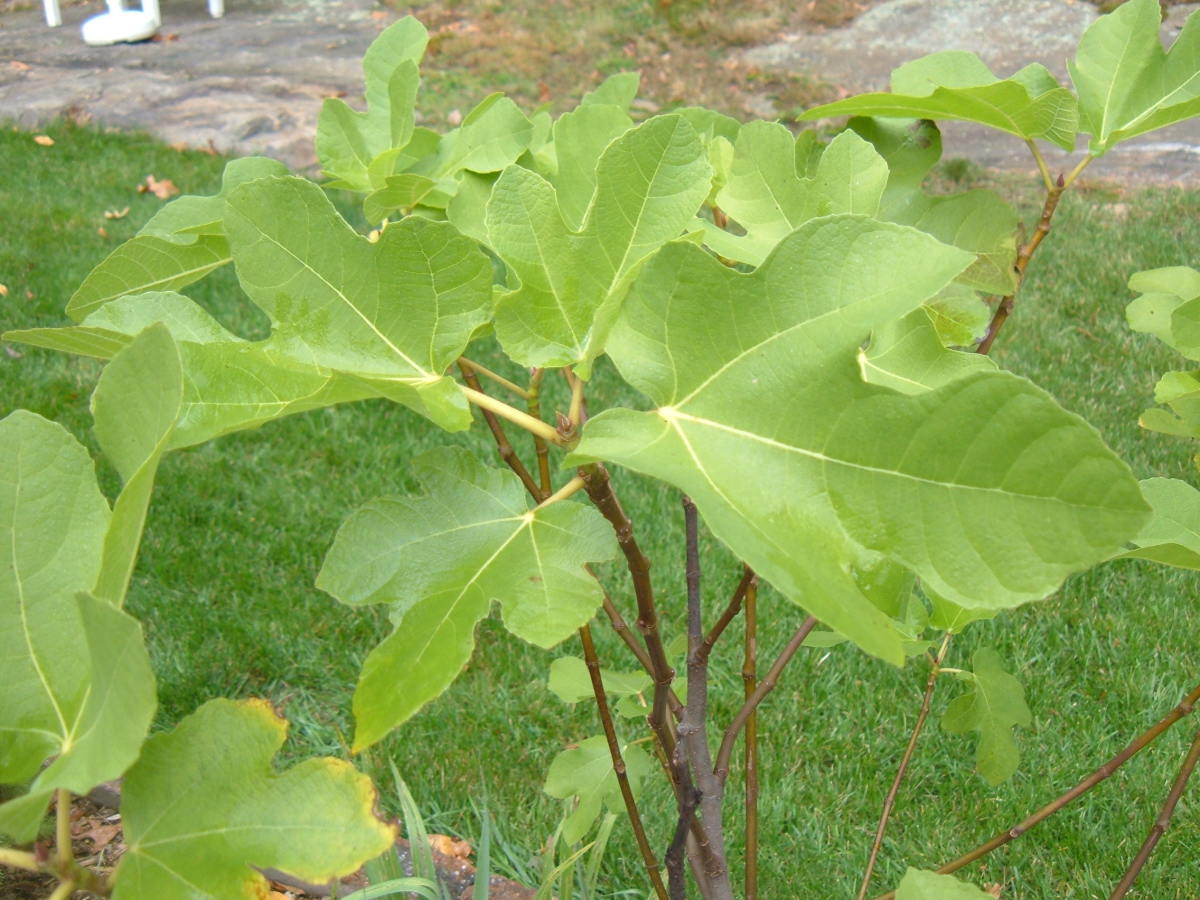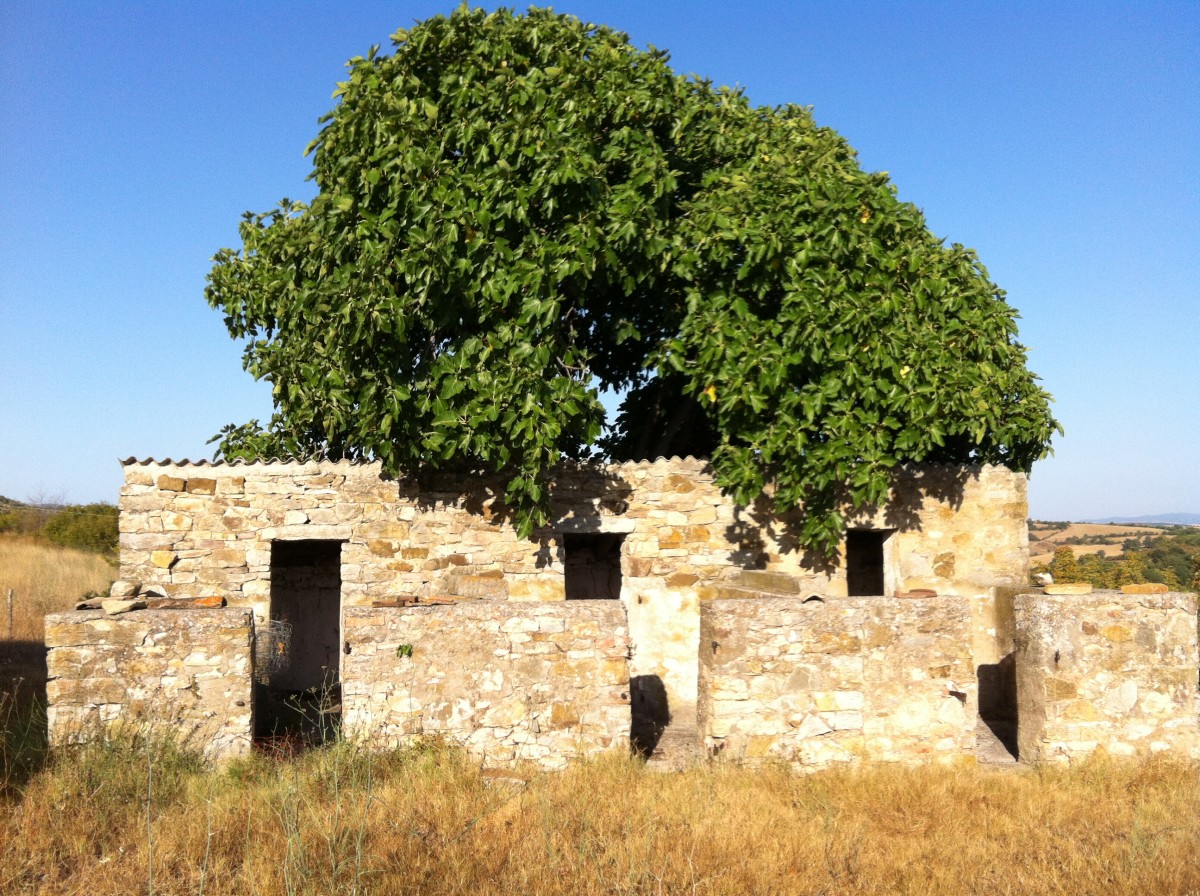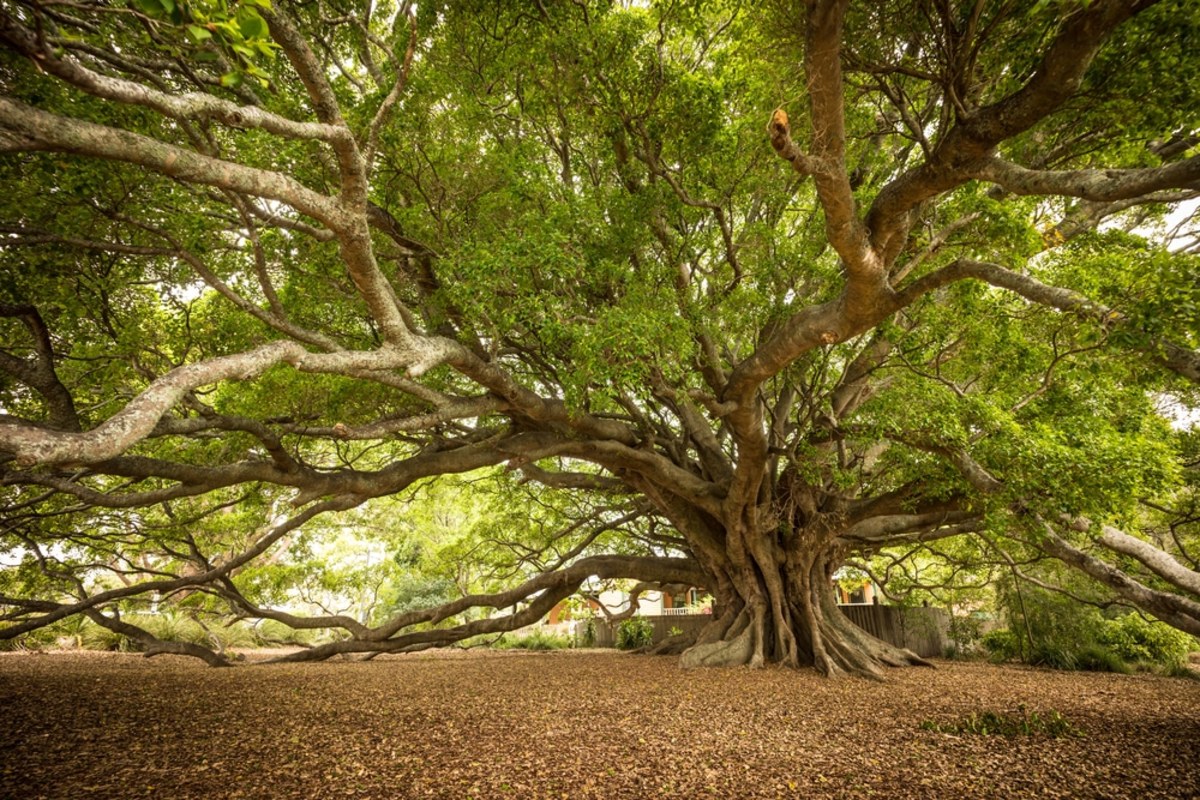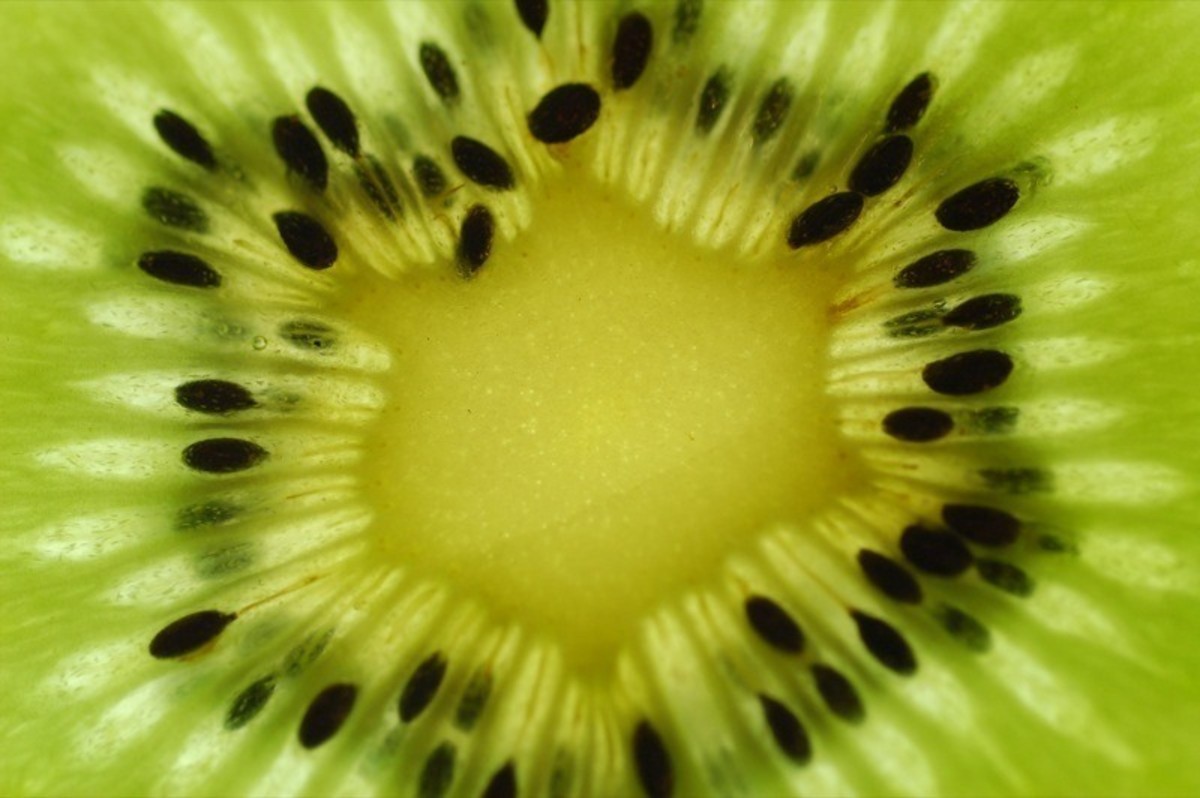Friendly Figs
Beyond writing about what you know, a writer researches and looks for more facts or interesting tidbits to flavor and enhance the story. Sometimes, the writer learns that something he or she thought was true, was in fact quite untrue. It can be an enlightening revelation, both for the article and for the writer. The experiences are not reserved for those who bring shocking news to light, even the small time author can go through this. I did, with this very hub. Read on and you will see where my ignorance lay, it is not buried too deeply.
The fig tree usually grows from 10-30' in height, yet 50' trees are not unheard of. The trunk of the tree looks tumorous when the branches have been shed or scraped away. The wood is rather soft and decays rapidly. I found it to be a rather unpleasing appearance. The branches of the tree, which is in the Mulberry family, are muscular and are wider than their length. The true name of the tree is not " Fig " at all, rather the proper name is " Ficus"......I bought a silk ficus tree once, with the intention of placing it in front of a floor lamp, the effect was, glimpsing the moonlight through the trees. I had no idea that a "ficus" was a fruit bearing tree, I just thought it was a silk tree! The leaves of the Ficus tree are a bright green and grow up to a foot in length. Its flowers require no pollination as they are all female. Beware the sap, it contains a milky latex that is a skin irritant.
The fruit is produced twice a year, and the tree can produce for up to 100 years. No wonder some cultures regard it as the symbol of fertility! The fig is available year round, but the fresh fruit spoils rather quickly. Oddly, the nearer to spoiling the fruit is, the higher the antioxidant level becomes. The fruit itself is sweet with a chewy flesh and crunchy seeds. The fig has a pleasant aroma and is often sought out for aromatherapy and candle making.
We know historically, that the fig was cultivated in ancient Egypt, spread to ancient Crete, and on to Greece. The Greeks adored the fruit and it quickly became a staple in their diets. At one point, the Greeks forbid the best of the crops to be exported. The ancient Romans considered the figs to be sacred.
Late nineteenth century Spanish Missionaries planted the first known fig trees in what is now San Diego. California now ranks along with the world's producers of figs, they join Turkey, Greece, Portugal and Spain.
The fig is mentioned at least 20 times in the Bible......Adam and Eve are reported to have covered themselves with fig leaves. There are three instances where moving cultures are recorded to have packed their figs to take to their new homes. Are we to assume that the seeds would be planted in new groves? Isaiah tells Hezekiah that God has instructed that he make a poultice of figs in order to heal boils. This story is retold in Kings.
Boils are a bacterial infection of the skin. Figs are high in vitamin A, have natural AHA properties, making them an excellent skin exfoliate, they are high in phytochemicals ( plant based disease fighters), natural cancer fighters and UV rays filter. That reads, ' skin friendly ' to me.
Figs also provide, per 8 oz serving:
30% daily value of fiber--counterparts to apples, pears and prunes
15% daily value of potassium-controls blood pressure and may counter the hi-salt diet
15% daily value of manganese-assists the body in utilizing other nutrients
all of this for 167 calories!
The dried fruit are often added to oatmeal , yougart and salads. I have included a link to recipies featuring figs, as well as other information.
There is a lot more to figs than a little dry cookie!
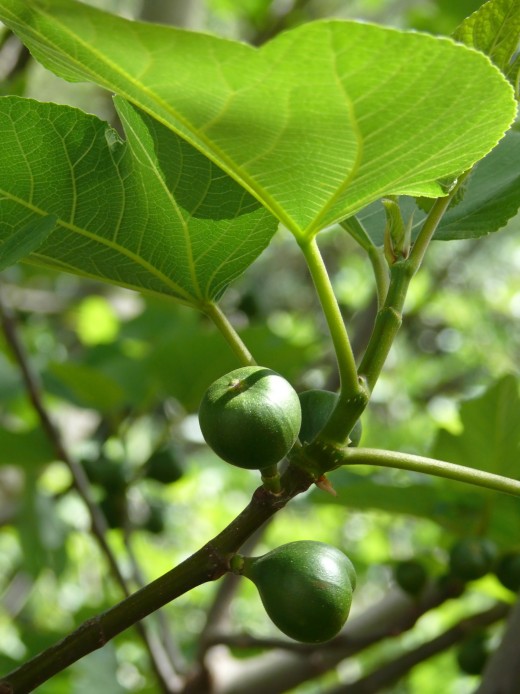
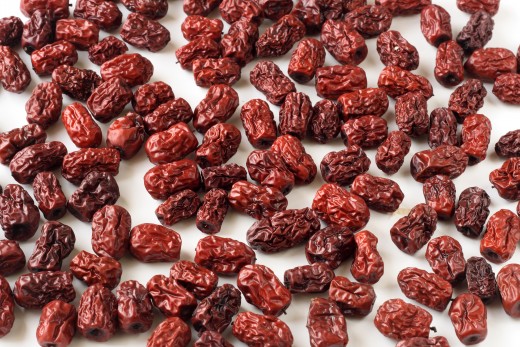
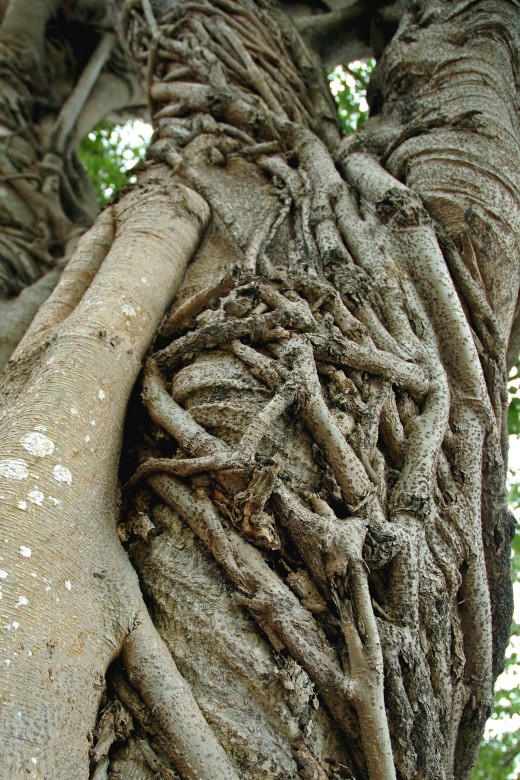
Other Hubs By Onegoodwoman
Lots of Info Here
- HubPages New User Signup
Would you like to write, earn money and retain the copyrites of your articles?


